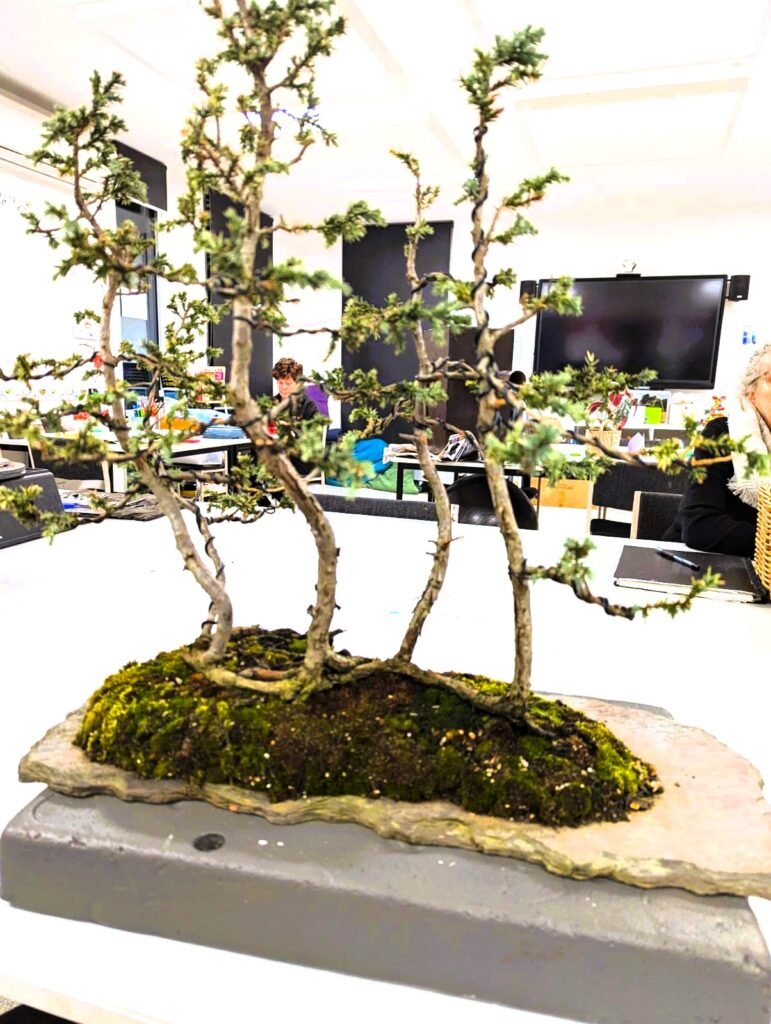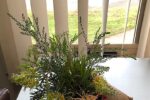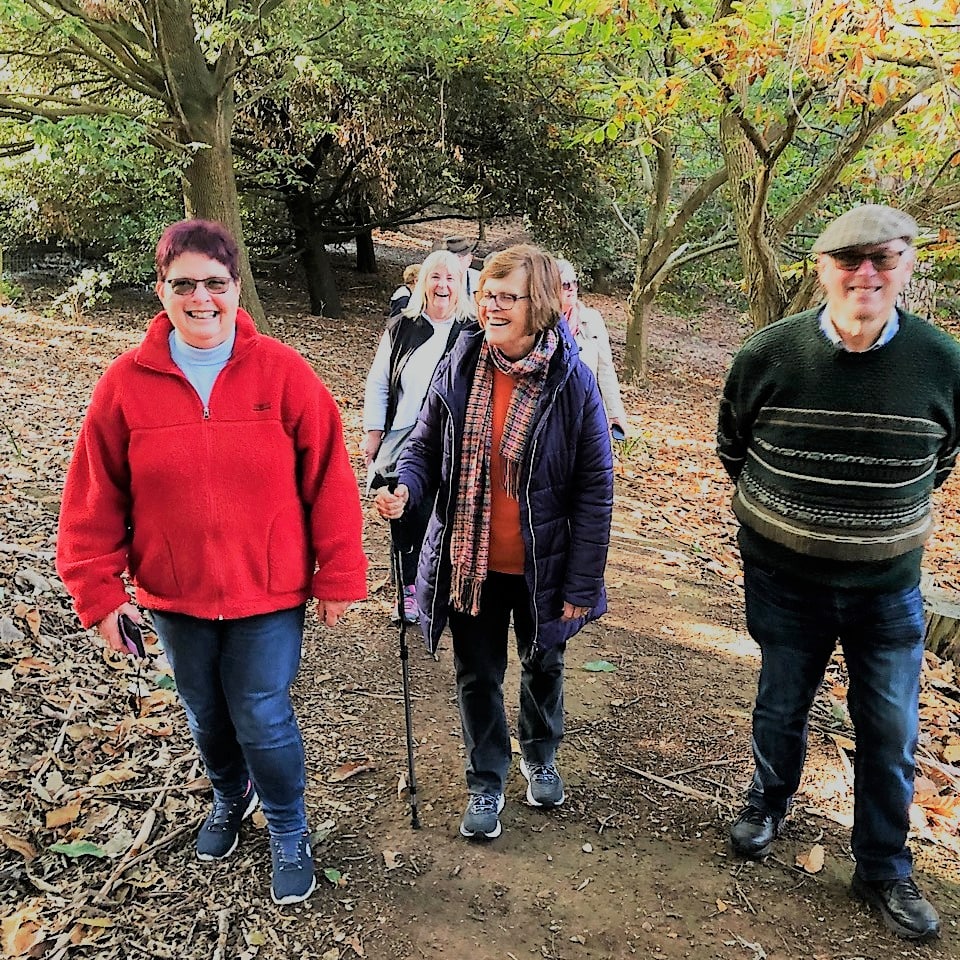Warragul Bonsai Group
The Warragul Bonzai Group is a club which specialises in working with Bonsai’s. Some of its members also attend meetings of the Warragul & District Garden Club. However it is a great hobby for those without gardens. Check here for regular updates
Warragul Bonsai Group meets the third Thursday of each Month. New members are very welcome. Any enquiries contact Carol 0438 877393 or Warragulbonsaigroup@gmail.com

June 2025
Winter is upon us with a quieter time in the bonsai world. Time to tend our tools in readiness for a busy spring in a couple of months.
With our trees, the biggest concern this time of year is too much water and root rot. Keep an eye on the rain, making sure trees are getting enough water but not too much. A good potting mix should facilitate drainage. Also watch out for too little rain and supplement with hand watering, especially after those drying, windy days.
Any frost tender species, particularly figs need protection and should be moved under cover, preferably outside. Let them winter safe and move them back to their display bench when frost danger is over.
Another hazard for our bonsai this time of year comes from their big brothers. Large, deciduous trees in our and our neighbour’s gardens are dropping their leaves. There is almost a daily need to check our bonsai that they are not being covered by big tree leaf drop. Left on our bonsai, these full size leaves can blanket a small tree encouraging mould and disease. A constant wet blanket will kill the coming buds and will even kill branches that we have so carefully styled for years.
The All Important Subject of Tools.
We can survive with the simplest of instruments we may already have in the garden shed. Sharp blade, pointy nosed pliers, pliers, tweezers and a folding pruning saw are a few. Then there are many specialist items we should have in our bonsai tool box.
Japanese are better manufactured over the Chinese counterpart. Stainless steel are better than steel, they won’t rust. These can become a little expensive but we can build our collection one by one, starting with branch cutters and scissors, then root pruners and wire cutters.
Different sized scissors for small and large trees or the job at hand. This is also important for branch cutters, tiny or quite large relative to the size of the branches being worked on. Profile choices are parrot beak or concave depending on the type of wound we want to leave on the tree. If the cut gets too difficult, don’t overwork your tools. If the cut becomes too challenging, go up a size, saves damage to the tool.
Branch splitters aren’t often used and could be left for the more experienced enthusiast. Similarly a Dremmel carving tool is used for more ambitious work.
Chopsticks, craft blades, toothbrush for algae or a soft wire brush are all handy. There is available a small specialist block to help keep the blade clean of sticky sap or use a light emery board. Always sterilise the tool between plants. Eucalyptus oil is a good cleaner after each session.










